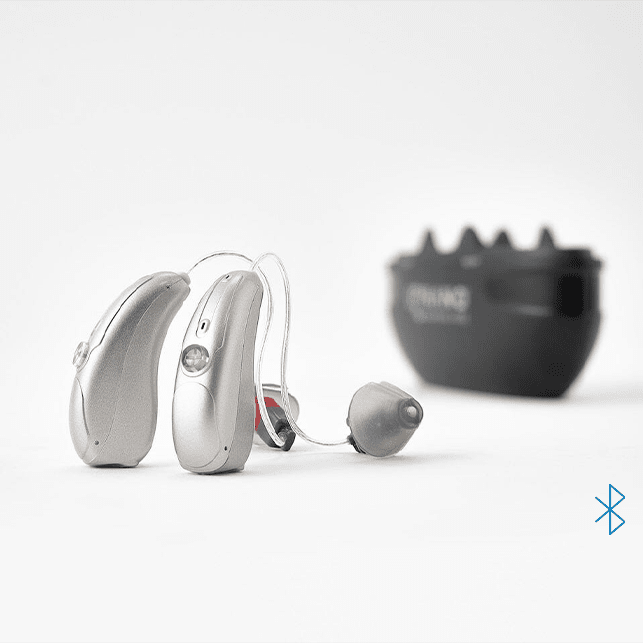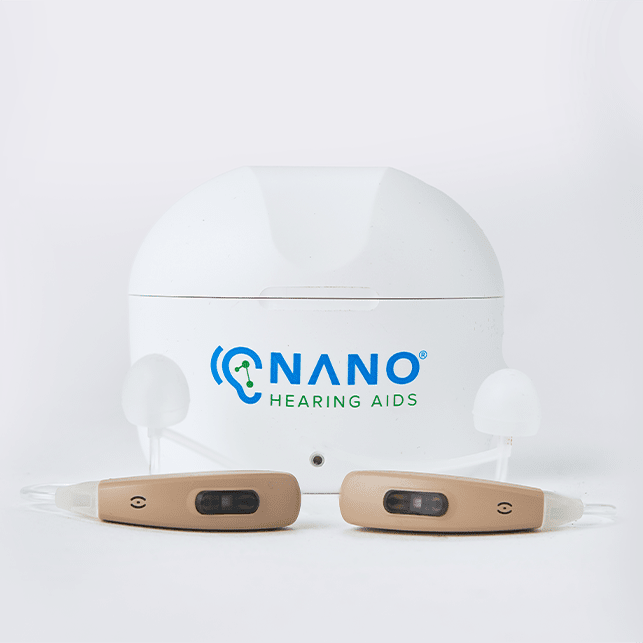With so many different models of hearing aids on the market, it’s good to understand what you are looking at to make sure you get the right type for your needs. Do you know the difference between analog and digital hearing aids? Let’s find out.
How Long Have They Been Around?
Analog hearing aids have been around much longer than digital devices, and first came into use during the 60s and 70s. Digitally programmable hearing aids have only been around for the last couple of decades, but their design and feature list is still improving.
While not as advanced as digital models, analog hearing aids are still commonly found today thanks to their affordability that makes hearing assistance accessible to a wider group of people.
How Do They Work?
Analog hearing aids are powered by a small disposable battery and consist of a microphone and speaker. Sound is picked up through the microphone and converted into a current that is then amplified and sent to the speaker thanks to the transistors built into a circuit. The converted sound waves are played into the user’s ear canal with greater amplification.
Digital hearing aids also convert signals to currents, but sound is turned into digital formats through amplifier chips. Sound can be adjusted based on your preferences and needs, but digital devices can also analyse background noise and connect to induction loops at sports stadiums and concert halls.
Sound Quality and Usability
Analog hearing aids use micro processing to amplify hearing, but when you compare the sound quality to today’s digital models, you can definitely tell the difference.
Digital aids provide a higher level of clarity and also allow you to control your hearing in different environments. They can adjust themselves automatically depending on your environment so that you comfortably move from quiet to noisy settings without having to play around with the settings. This is much more user-friendly, as analog users need to switch between pre-programmed settings.
Analog Vs Digital Hearing Aids
Digital
Analog
Nano Advanced Hearing Technology provide rechargeable digital hearing aids to a wide range of customers. Check out our products and feel free to get in touch if you have any questions about the right type of hearing aid for your needs.
Nano Advanced Hearing Technology provide rechargeable digital hearing aids to a wide range of customers. Check out our products and feel free to get in touch if you have any questions about the right type of hearing aid for your needs.






